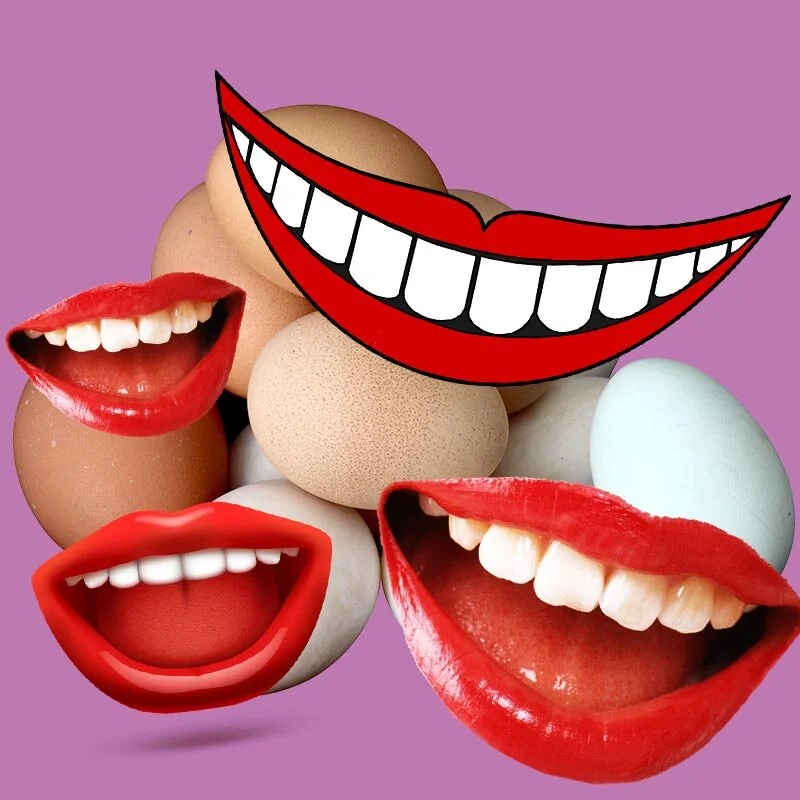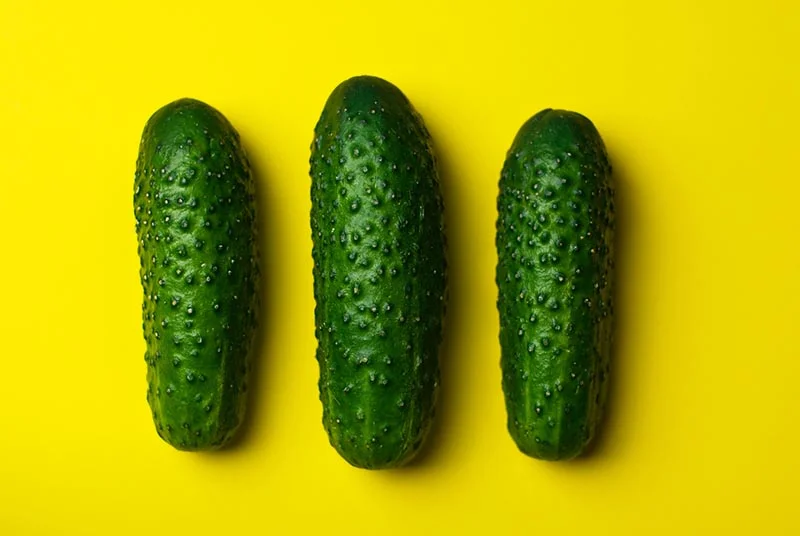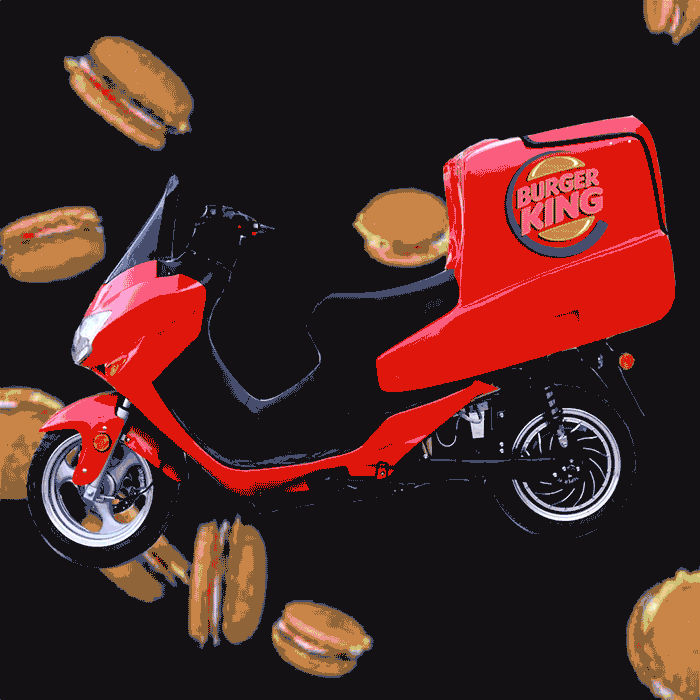The Other End of the Stick: The Dark Side of Popsicles
From deaths to phobias, there’s more to the seemingly benign dessert than sticky fingers and corny jokes.
By Jessie Schiewe
A child definitely cried over this fallen popsicle. (Flickr/Lorie Shaull)
It can be hard to hate popsicles.
And no, we don’t necessarily mean Popsicles, the brand. We’re talking about any and all ice pops, those frozen sweets-on-a-stick that ooze with nostalgia, conjuring memories of childhood, summertimes spent outdoors, stained lips, sticky fingers.
Popsicles can give you life when you’re melting from heat, a bit of sweet when you don’t want to feel full, a guiltless indulgence when you’re on a diet. Great for braces and tonsillectomies, and a clever way to hydrate after the flu, they are also a mainstay on hospital menus and are easy to make at home. Pour in a little booze as you’re molding them and you can even get a buzz.
Popsicle sticks can also serve purposes aside from nixing the need for utensils. Children use them to make picture frames and prisoners pass the time building cabins out of them. Without popsicle sticks, ‘90s kids would never have grown up with Stick Stickley.
An 11-year-old boy named Frank Epperson is to thank for accidentally inventing the popsicle in 1905. After a day of playing, he left a bucket filled with water, sugary soda powder, and a wooden stirring stick overnight on the porch of his San Francisco home, only to discover his frozen creation the next morning. He called them Epsicles and began selling them to students at his school. By the mid-1920s, he was peddling them at Neptune Beach, a popular amusement park across the Bay in Alameda. Eventually, at his children’s urging, he changed the name to what they called it and what we call it now: a Pop's 'Sicle, or Popsicle.
Billions of people consume them every year, but it’s likely they are unaware of the dark side of popsicles. They might seem innocent enough, but they’ve been involved in murders, contributed to eating disorders, consumed for last meals, and caused certain people a lot of pain.
Yeah, they’re yummy and cheap and not as sinful as an ice cream cone, but people’s love — and hatred — for them have occasionally led to consequences. The next time you eat a popsicle, remember you have more at risk than mere brain freeze or a tongue splinter from the wooden stick.
People have died for popsicles
After sneaking a popsicle from the freezer one summer’s day in 2011, 10-year-old Ame Deal's cousins locked her in a box less than 3-feet long, and she suffocated to death. The family lied and said she had climbed into it during a game of hide-and-seek with other kids in her Phoenix, Arizona neighborhood, but really they had punished her because she did not ask for permission to take the popsicle. The cousins of the little girl, described as having been always hungry, were both sentenced to death by lethal injection. Her mother, father, and grandmother were also charged with child abuse.
Makiyah Wilson, a 10-year-old from Washington, D.C., loved Lick-A-Color popsicles, and she was on her way to get one from the ice cream truck after spending the day at the pool when she was shot and killed. Four masked men carrying guns pulled up in front of her home and started shooting, hitting Makiyah in the chest. She still had her popsicle money in her hand.
Popsicles can make people feel terrible
Fear of popsicle sticks is something most people don’t talk about, but a lot of people have it. The very thought of touching or having to lick the sticks can make them feel irritated, repulsed, or terrified. Also known as xylophobia — a fear of wooden objects — people with it might be fine with holding the stick in their hand, but be creeped out when it interacts with their lips, teeth, or tongue. Just thinking about it can give people “spine shivers” and “the chills.” There are some who describe licking a popsicle stick as “the worst feeling in the world,” and others who consider it to be their “biggest fear.”
(Flickr:Lorie Shaull)
Popsicles have become an inadvertent last meal
A 3-year-old in Aurora, Indiana, died of the flu at the tail-end of 2018. The reportedly “healthy little girl” had been licking a popsicle in her hospital bed when she went unconscious. It was the last thing she’d ever eat.
Murderers have slurped on popsicles after killing victims
Killing people can take a lot of energy; thankfully, there’s popsicles. After stabbing his boyfriend to death, a Texas man fled to a friend’s apartment to recuperate with some popsicles. “I was very exhausted. I was very tired,” David Villarreal testified, claiming he killed his lover in self-defense. “I was parched and I ate more than one popsicle.”
Popsicles can be signs of eating disorders
They have few calories, no fat, and in some cases no sugar. They also don’t make you feel full. What’s not to love about that, especially if you have an eating disorder? Considered “a safe food,” some anorexics have limited themselves to a mere two popsicles a day in a bid to lose weight, while others learned to eat them because of their moms. There are eating disorder boards all over the internet with whole threads revolving around the miracle of popsicles. They tend to be filled with suggestions about the best sugar-free and zero calorie drinks you can freeze into bars.
(Flickr/Kendra Miller)
You can choke on them
This risk is especially feasible with kids who might not only choke on the cleaned-off stick, but on the popsicle itself, depending on its shape. Mommy bloggers have written diatribes against the dangers of letting children eat popsicles, describing them as accidents waiting to happen. If you can’t keep your kid from eating them, at least make them sit down to do so because the threat of running, tripping, and impaling oneself is real. In fact, you should probably follow your own advice, too.


























